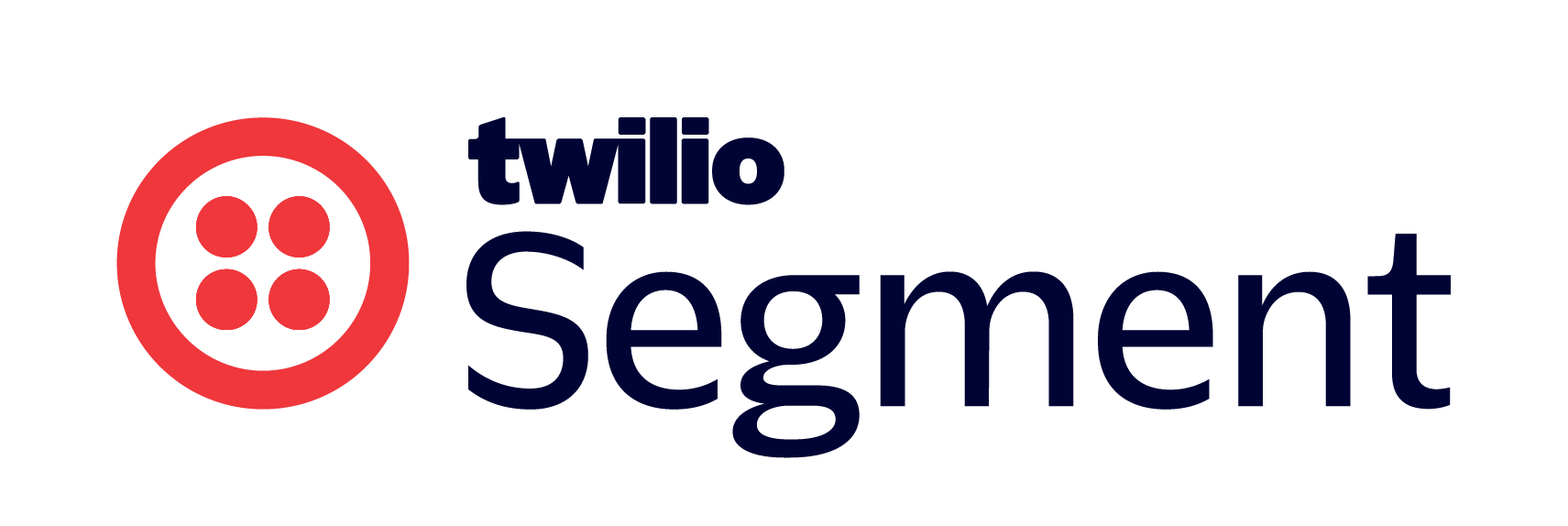How to create a real-time suppression campaign to optimize advertising
Objective
The goal of this use case is to implement a real-time suppression strategy that removes users from advertising campaigns immediately after they convert. This prevents wasted ad spend by ensuring that users who have already completed a desired action, such as making a purchase, are no longer shown ads for that same offer.
Desired Outcome
The desired outcome is to efficiently manage your ad budget by reducing redundancy in user targeting and focusing on users who are still in the process of converting. This ensures that converted users are automatically excluded from campaigns in real-time, leading to a more optimized advertising effort.
Step 1: Define the Suppression Criteria
Decide what users should be suppressed from the campaign by defining what actions a user has taken within a specific timeframe. For instance, if a user has completed an order within 7 days, the user should be suppressed from your advertising campaigns.
Step 2: Set Up Website as a Source for Event Tracking
Sign Up or Log In to Segment
First, access the Segment platform by signing up or logging into your existing account.
Create a Source for company website
A source in Segment acts as the origin of data you collect, such as user interactions on the website.
- In your Segment workspace, navigate to the Sources section.
- Click the Add Source button.
- From the catalog of sources, select JavaScript (for websites).
- Provide a name for the source, e.g., "Company Website - Dev/Prod".
- Optionally, add labels for organization.
- Enter the website URL.
- Click Create Source button
Install the Segment Snippet
After creating a source, Segment will provide a JavaScript snippet.
- Copy the JavaScript snippet provided by Segment.
- Paste this snippet into the <head> tag of every page on the website you wish to track.
Step 3: Track Events
Events are user actions you want to track, such as page views or button clicks. In order to build the funnels needed for a timed-out suppression campaign, you'll need to track two key events: 'Page Viewed' and ‘Order Completed’ from your website and 'Order Completed'.
- Order Completed: Manually add this event to your site (See V2 Ecommerce spec).
- Page Viewed: This event will start sending to Segment once Analytics.js is added to the site.
It should be noted that 'Order Completed' triggers an Identify call because this event allows you to tie a user to their actions and record traits about them. This can further be used for personalized messaging in your timed-out suppression campaign.
Only Identify calls can add and update user traits to a profile. For connections-only customers, the Identify event can still be mapped to downstream destinations to create/update user profiles.
Step 4: Add Destinations
Choose where you want to send the collected data—for this use case we recommend connecting to a paid media destination like Facebook Ads or Google Ads.
- In your Segment workspace, add a new destination.
- Select your preferred tool from the catalog. This destination will use the collected data as needed.
Step 5: Test your setup
Ensure your data collection is configured correctly:
- Perform test signups on your development site.
- Check if the events are correctly recorded in your Segment debugger and analytics destination.
The Source Debugger is a tool that helps you confirm that API calls made from your website, mobile app, or servers arrive to your Segment Source, so you can troubleshoot your Segment setup even quicker.
Your data may not show up instantaneously and there may be a delay, but once the data is flowing, you are ready to move to the next step.
Step 6: Analyze and activate
Once the data is flowing correctly and the suppression campaign is live, you can begin analyzing the data to further optimize your efforts:
Analyze User Behavior
Use the data collected to analyze user behavior across your website. Identify trends such as how long users take to convert or which pages lead to the highest conversions.
Deploy Targeted Strategies
Leverage the data to engage users who are still in the conversion funnel. For example, you could retarget users who started but didn’t complete the checkout process, while ensuring that those who did convert are excluded from future ads.
If you need inspiration, look to this guide with nearly 70 examples of ad templates that are designed to convert.
Final Thoughts
By implementing a real-time suppression campaign, you ensure that your advertising spend is allocated efficiently. Instead of retargeting users who have already converted, you can focus your efforts on new leads or those who are still in the conversion funnel. This approach optimizes your budget and enhances the overall effectiveness of your campaigns, leading to better ROI and a more personalized user experience.
Want to discuss this topic with the community? Start a thread in our Discussion Forum.


